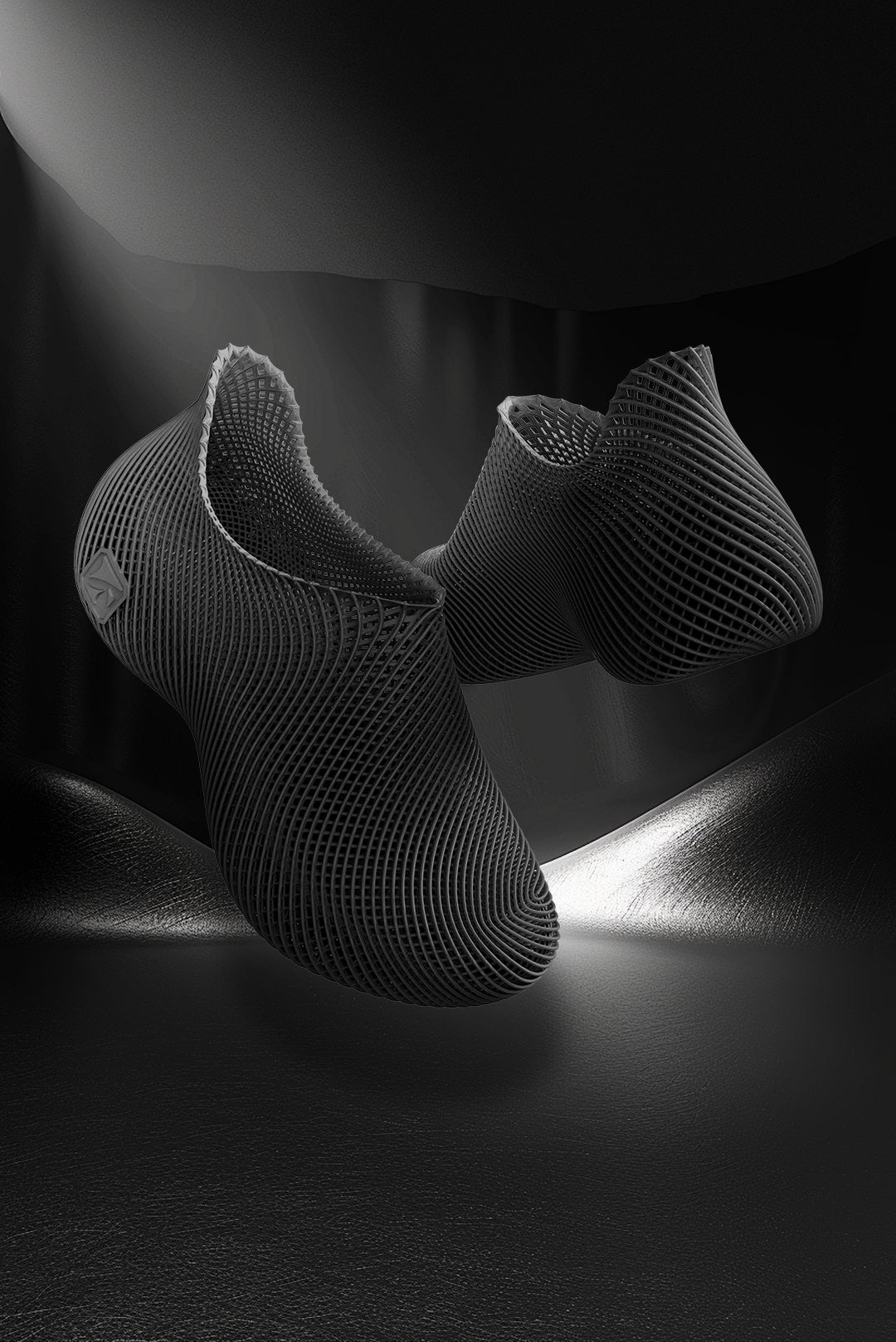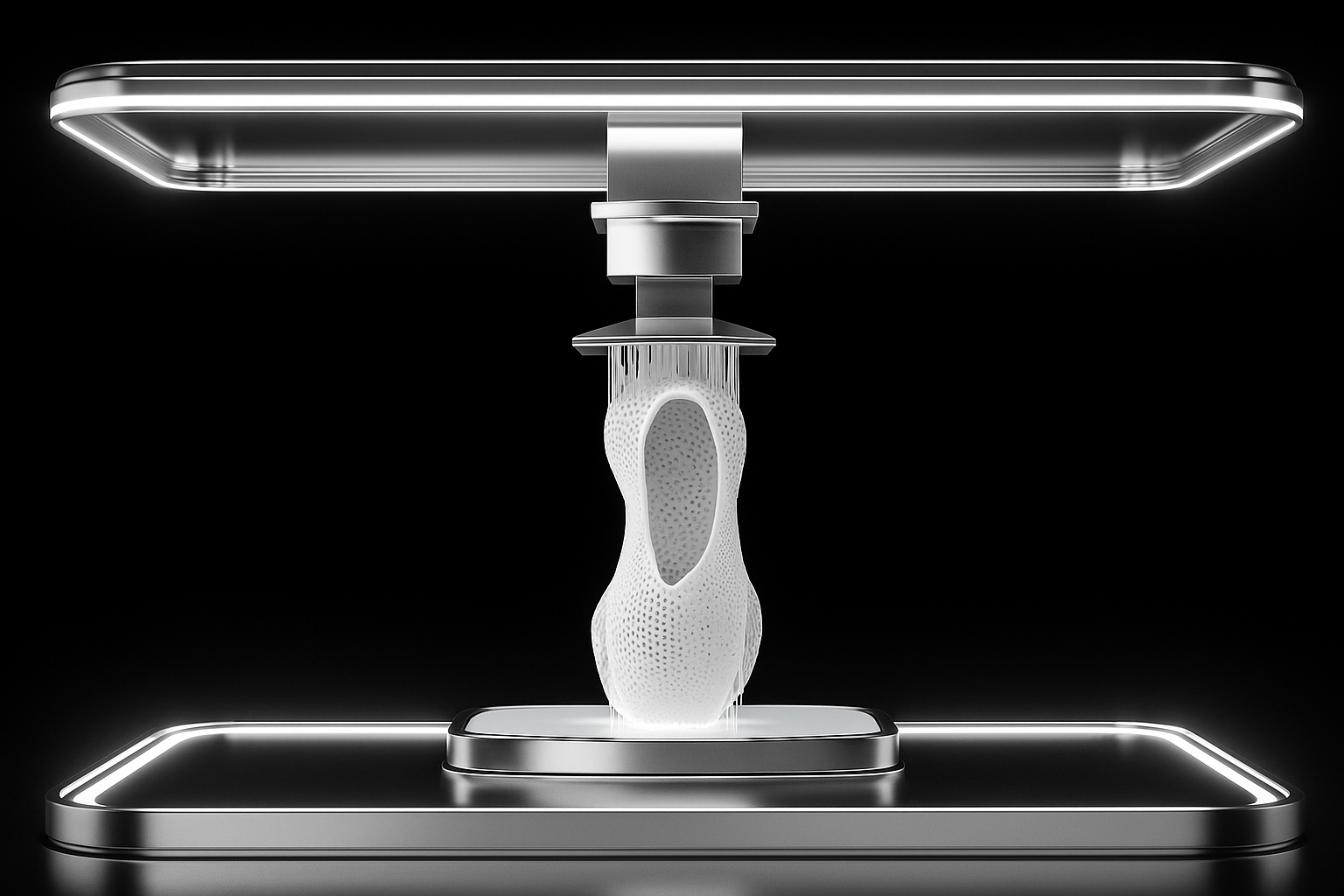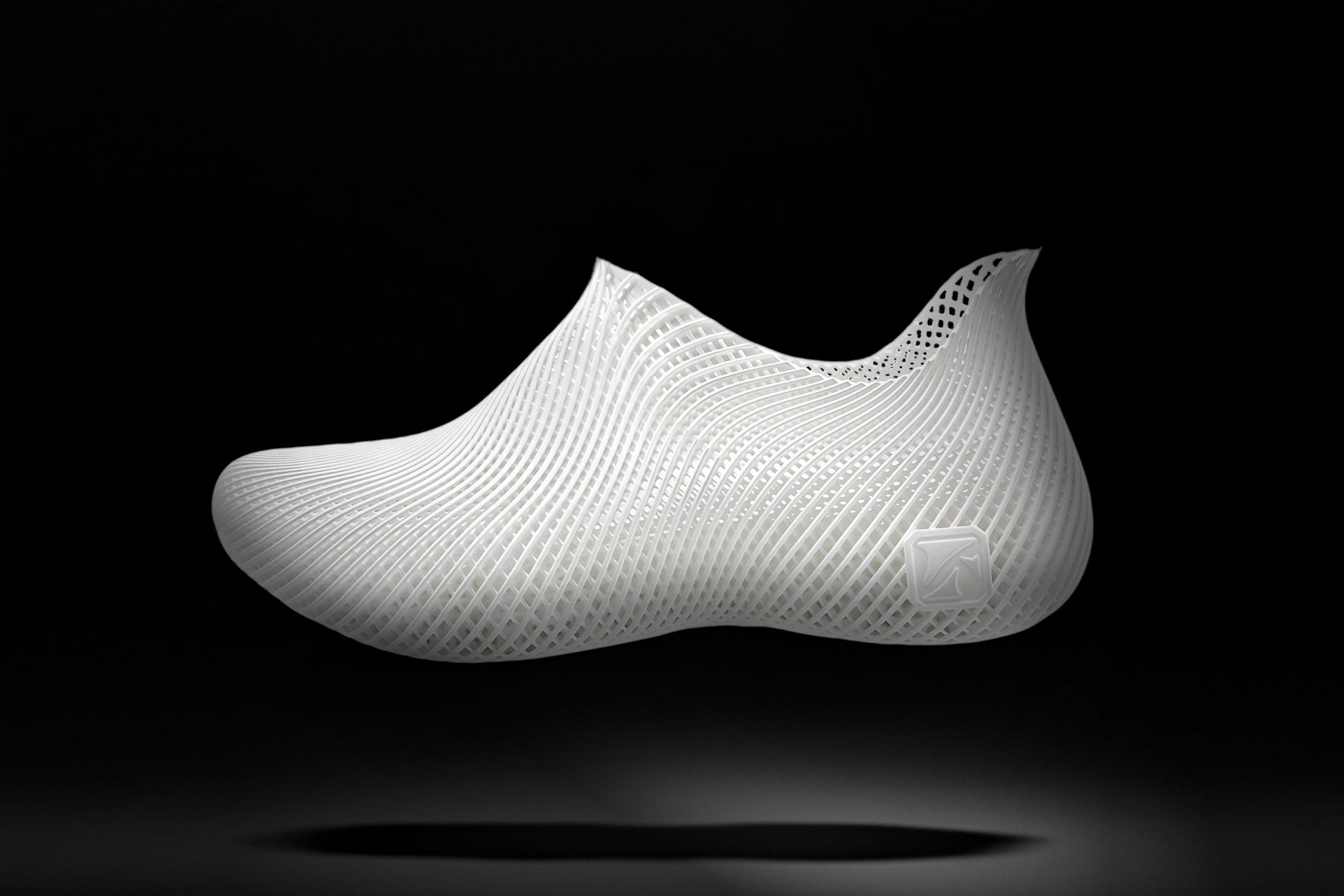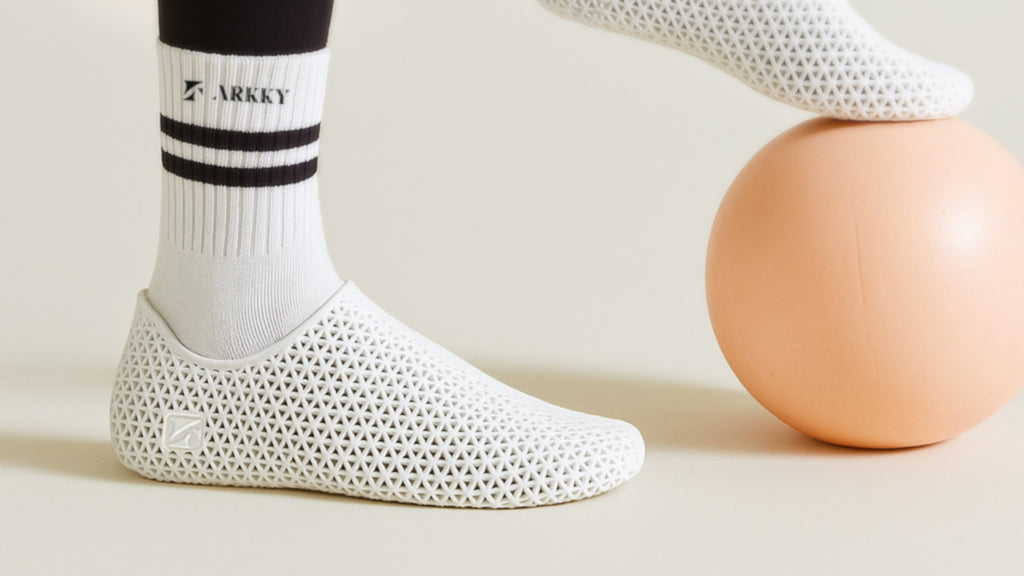The principle of 3D printed shoes revolves around additive manufacturing (AM) technologies, which build objects layer by layer from digital models. This approach allows for innovative design, customization, and sustainable production. Below is a detailed explanation of the process and its advantages.
Key Principles and Technologies
Digital Design
The process begins with creating a digital model of the shoe using Computer-Aided Design (CAD) software. This model incorporates intricate details such as the shoe’s structure, design elements, and functional aspects like cushioning and support.
Additive Manufacturing (AM) Technologies
- Powder Bed Fusion (PBF): Uses a laser or electron beam to fuse powder particles layer by layer. It produces high-resolution, strong parts suitable for midsoles and structural components.
- Vat Polymerization: Cures liquid resin into solid parts using a light source, often used for creating detailed and flexible parts.
- Fused Deposition Modeling (FDM): Extrudes thermoplastic material layer by layer, commonly applied in prototyping and simpler parts.
- Material Jetting: Deposits droplets of material cured by UV light. This method supports multi-material and full-color printing.
Material Selection
- Thermoplastic Polyurethane (TPU): Durable, flexible, and breathable, widely used in midsoles and uppers.
- Photopolymers: Used in vat polymerization to create highly detailed and flexible components.
- Nylon & Polyamide Powders: Applied in PBF processes for strong, durable structural parts.
Layer-by-Layer Construction
The 3D printer builds the shoe by depositing or curing material layer by layer according to the digital model. Each layer bonds to the previous one, gradually forming the shoe’s complete structure.
Customization and Personalization
3D printing enables a high degree of customization, allowing manufacturers to design shoes tailored to individual foot shapes, preferences, or specialized requirements such as orthopedic support.
Post-Processing
After printing, shoes undergo post-processing steps including cleaning, curing, and finishing. These ensure the footwear meets durability, comfort, and aesthetic standards.
Advantages of 3D Printed Shoes
- Customization: Tailored to individual needs for enhanced comfort and performance.
- Sustainability: Significantly reduces waste compared to traditional manufacturing.
- Innovation: Enables complex designs and structures that are impossible with conventional techniques.
- Speed: Supports rapid prototyping and faster production cycles, reducing time-to-market.
Conclusion
3D printed shoes combine advanced digital design with additive manufacturing technologies to deliver highly customized, durable, and innovative footwear. By applying these principles, footwear brands can optimize production, minimize waste, and provide consumers with next-generation products that merge comfort, style, and sustainability.







Share:
What materials are 3D-printed shoes made of?
History of 3D Printed Shoes: From Concept to Mainstream